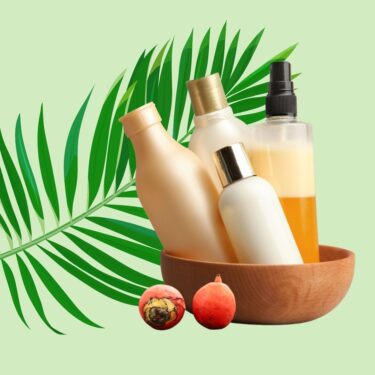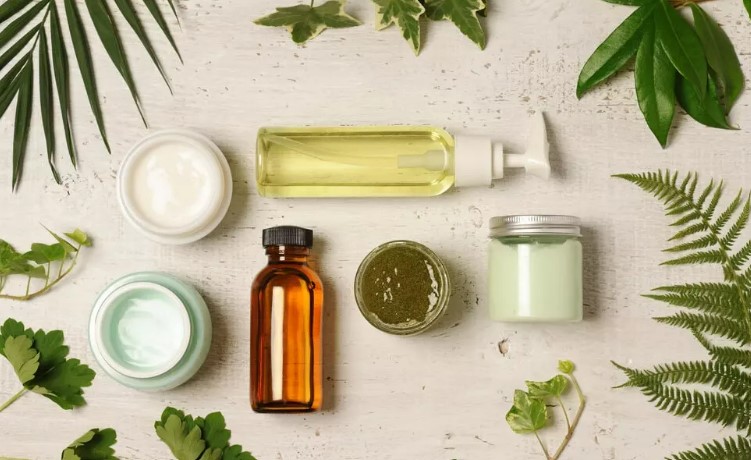SINCE the end of the global COVID-19 pandemic, we have seen a noticeable shift in how consumers view health and nutrition with recent studies showing a growing inclination towards healthier alternatives and a greater acceptance of plant-based solutions.
As indicated in the report “Growing Sustainable Beauty Trends for Emerging Brands in 2023” by NielsenIQ, consumers are increasingly viewing plant-based solutions positively. This trend is reflected in the purchasing patterns of diverse consumer demographics who now prefer plant-based beauty and personal care products.
Further, research reported by Personal Care Insights evidences the high consumer demand for plant-based beauty products in the Asia-Pacific region. Thanks to their dermatological benefits, this shift is not just a passing trend as plant-based alternatives have become an easy choice for informed consumers.
Health and safety
As plant-based and organic choices gain more traction, to a medical practitioner with a profound appreciation for cosmetics, this choice is not just about beauty but also a commitment to health and safety.
Palm oil holds a treasure trove of potent antioxidants known as tocol which come in two main varieties: the more common tocopherols and the rarer tocotrienols, both of which are types of vitamin E.

While both offer anti-oxidant benefits, tocotrienols pack an extra punch. Palm oil is especially rich in tocotrienols which explains some of palm oil’s health benefits.
Tocotrienols as a type of vitamin E have been associated with a range of positive health effects from neuro-protection against Alzheimer’s to supporting cardiovascular health and exhibiting anti-cancer properties.
Palm oil is also packed with vitamin A4 which is vital for maintaining healthy vision and supporting immune function.
As consumers become more aware of what goes into the products they use, there’s a growing demand for transparency and the safety of ingredients being used.
For years, palm oil has been an underappreciated but widely used natural solution in many beauty products. As we explore the science of cosmetics further, the significance of palm oil becomes increasingly apparent.
For example, basic oleochemicals such as fatty acids, fatty alcohols and glycerol as well as their derivatives are essential components in cosmetic formulations. These properties are derived through processes like epoxidation and sulfonation. Given its high fatty acid content and versatility, palm oil is a dominant source of these oleochemicals.
Palm oil is extensively used to create surfactants which are essential for cleansing and foaming as well as emulsifiers which prevent oil and water from separating and emollients which enhance the skin feel in creams and lotions.

With over 70% of cosmetic products containing palm oil or its derivatives, palm oil is a valuable cosmetic ingredient, rich in Vitamin E and a key factor in promoting healthier skin, especially around the eyes.
Its moisturising and antioxidant properties, particularly through tocotrienols and beta-carotene – a precursor to Vitamin A – will help combat premature aging, address acne concerns and aid in wound healing. Both vitamins A and E are fat-soluble, hence playing a crucial role in moisturising dry skin.
In short, the world’s most versatile vegetable oil effectively meets the dermatological needs of consumers by providing essential hydration and nourishment while proritising safety.
On this count, the Malaysian Sustainable Palm Oil (MSPO) certification plays a vital role in ensuring the responsible sourcing of palm oil for cosmetics.
By adhering to rigorous international standards, the MSPO certification provides a guarantee that the palm oil used in our cosmetics is obtained responsibly. This certification serves as a testament to the cosmetics industry’s renewed dedication to environmental responsibility and ethical sourcing.

In addition to the certification standards, the safety of palm oil in cosmetics has undergone thorough evaluation by organisations like the Cosmetic Ingredient Review (CIR) Expert Panel.
Their assessment confirms the safety of palm oil for use in cosmetics. Significantly, the industry’s transition towards plant-based oils, including palm oil, reflects a broader awareness of environmental and societal concerns. This transition is not just environmentally sound but also caters to diverse consumer beliefs and practices.
Empowering communities through sustainable practices
The whole process of getting palm oil for our cosmetic products is actually a great story of empowerment and taking care of the environment. By supporting products made with sustainably sourced palm oil, we contribute to fair labour practices and improved living conditions for smallholder farmers.
This approach creates a win-win situation for everyone involved – consumers, producers and the planet. Our future generations will benefit greatly from the demonstrable impact this will have on the environment.
Ultimately, I just can’t stress enough how important it is to empower people about healthier choices. Knowledge is power and when consumers know better, they choose better. This means they will push for more sustainable products.
So, it’s really up to cosmetic brands to get the word out about their efforts to be sustainable. They need to show how using more organic substances is a good thing for the industry, the environment and the communities that produce it. In effect, we hold the power to make a difference with our choices as consumers. – Feb 14, 2024
Dr Nur Khaisiyah Othman is a medical practitioner who graduated from Sechenov First Moscow State Medical University. She has experience in various medical disciplines throughout her service in public hospitals. She has also worked in the Department of Anaesthesiology and treated COVID-19 Level 5 patients.
The views expressed are solely of the author and do not necessarily reflect those of Focus Malaysia.
Main pic credit: KeiSei magazine









